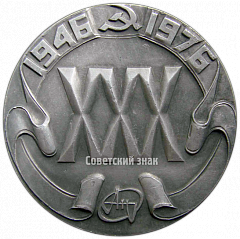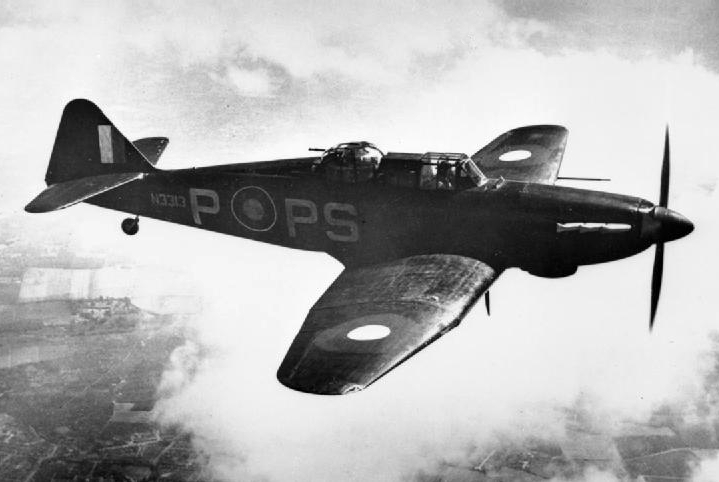
Rejuvenation Sokolov
Helicopters of the W-3 Sokol family are currently the most popular helicopters in the Polish Army. The optimal moment for their modernization will be a planned overhaul, which parts of the machines will have to go through in the near future.
On September 4, the Weapons Inspectorate announced its intention to hold a technical dialogue regarding the modernization of W-3 Sokół helicopters to the W-3WA WPW (Battlefield Support) version. This means that the Ministry of National Defense plans to upgrade the next rotorcraft of this family, which is currently the most numerous in its class in the Polish armed forces. According to various estimates the enterprise may require about PLN 1,5 billion and take 5-6 years.
The invitation of the Armaments Inspectorate was answered, in particular, by the Consortium Wytwórnia Urządztu Komunikacyjnego PZL-Świdnik SA, owned by Leonardo, and Wojskowe Zakłady Lotnicze No. 1 SA from Lodz and the Air Force Institute of Technology from Polska Grupa Zbrojeniowa SA Many indicate that this consortium should be the favorite in the competition for a potential contract - it includes the manufacturer of helicopters of the Sokół family, as well as enterprises specializing in the repair and modernization of helicopters used in the Army Polish. The terms contained in the announcement clearly indicate that the parties to the proceedings have “intellectual property rights to the technical documentation of the W-3 Sokół helicopter, in particular proprietary copyrights or licenses containing the exact indication of individual rights.” The dialogue itself, with the participation of persons selected by the Armaments Inspectorate, should take place between October 2018 and February 2019. However, this date is subject to change if the goals set out in the announcement above are not met.
Currently, W-3 Sokół helicopters are the most popular rotorcraft in the Polish armed forces, according to data provided by the General Command of the Armed Forces in May this year. there are 69 in stock. The first was delivered in 1989 (W-3T) and the newest was added to the line in 2013 (W-3P VIP). In addition to transport missions and close support, they are also used for maritime, land and CSAR rescue operations, VIP transport, and electronic intelligence. Remarkably, the Polish Sokols had a combat episode - they served in 2003-2008 as part of the Polish military contingent in Iraq, one of them (W-3WA, No. 0902) crashed in the Karbala area on December 15, 2004 to date day there are about 30 Sokołów (W-3W / WA machines of the 7th air squadron of the 25th air cavalry brigade), used mainly for solving transport and landing tasks. These falcons could be upgraded. At the same time, in the case of some of them, the time for a major overhaul is approaching, which may be associated with the installation of new equipment.
The MLU (Mid-Life Update) update for helicopters is not unusual. Such a process can be observed both in Poland and in other NATO countries. In the current century, the Ordnance Inspectorate has carried out two projects of this type concerning the W-3 Sokół helicopters. The first of these was the W-3PL Głuszec, which has received more than eight helicopters so far - all of them went to the 2010th air base in Inowroclaw in 2016-56, where they are part of the 2nd helicopter squadron. On June 22, 2017, car number 0606 was lost in an accident during an exercise near the Italian city of Massanzago. Currently, efforts are being made to sign a contract to convert another W-3W / WA to the W-3PL version in order to replenish the number of machines in the line. The second project covered vehicles belonging to the Naval Aviation Brigade and included the conversion to the W-3WARM variant with the installation of rescue equipment for two W-3T Sokół vehicles, as well as the modernization and standardization of the equipment of six Anakonds. . The first upgraded machines returned to service in 2017, and now the program is approaching its happy end. Today at PZL-Svidnik, work is being completed on the last two Anacondas, which should be handed over to BLMW next year. In both cases, the military used the previously announced opportunity to rebuild (W-3PL) or retrofit (W-3WARM) vehicles during a major overhaul. Thanks to this, Głuszce and Anakondy are currently the most modern equipped helicopters in the entire Polish army, incl. they are the only ones with optoelectronic heads that allow you to perform tasks in all weather conditions and at any time of the day.
In the beginning was the Salamander
The idea to arm the Sokół helicopter and create a battlefield support vehicle on its basis is not new. Already in 1990, a W-3U Salamander prototype was built, which was armed, for example, with the 9K114 Shturm-Z guided missile system with the 9M114 Cocoon ATGM and the Raduga-Sz missile guidance system. The project was not continued due to political changes in the early 90s, which contributed to the breakdown of military cooperation with Russia and reorientation towards Western countries. Therefore, in 1992-1993, in cooperation with companies from South Africa, a new version with guided weapons, the W-3K Huzar, was created. The machine's attempts were crowned with success, and the concept found, as it then seemed, fertile ground. In August 1994, the Council of Ministers approved the Huzar Strategic Government Program, the purpose of which was the development and production of an armed multi-purpose helicopter S-W1 / W-3WB. The combat support helicopter W-3WB was supposed to be armed with a guided anti-tank weapon system, a 20-mm cannon and a modern optoelectronic surveillance and guidance system. In 1997, it was decided that the Israeli Rafael NT-D missile should become the main armament of the vehicle, which was confirmed by an agreement concluded by the SdRP / PSL government on October 13, 1997, immediately before the AMS came to power after winning the parliamentary elections. However, the entire project ended in 1998 because the new government did not notify the agreement with Israel and therefore it did not come into effect. The Khuzar SPR was formally closed in 1999, and its alternative was to be the modernization of the Mi-24D / Sh helicopters, carried out by the joint forces of the so-called. Visegrad group. This project also failed in 2003.
Interestingly, the concept of creating a battlefield support vehicle based on a multi-purpose helicopter has not gained popularity in the "old" NATO countries. Most of them eventually bought and operated specialized (so-called narrow-body) combat helicopters. The solutions closest to the Battlefield Support Falcon concept are the Romanian IAR 330L SOCAT helicopter or the Sikorsky S-70 Battlehawk line. In both cases, their popularity is low, which confirms that rotorcraft of this class, despite a potentially similar set of weapons, cannot be a direct replacement for specialized combat vehicles (hence, among other things, the recent decision of Romania to purchase Bell AH-1Z Viper helicopters). Today, thanks to the development of technology, standard multi-purpose helicopters can provide effective support to ground forces if they have an optoelectronic observation and guidance head and beams for carrying weapons, for example, by directing a reflected laser beam, forcing them to precision weapons).

